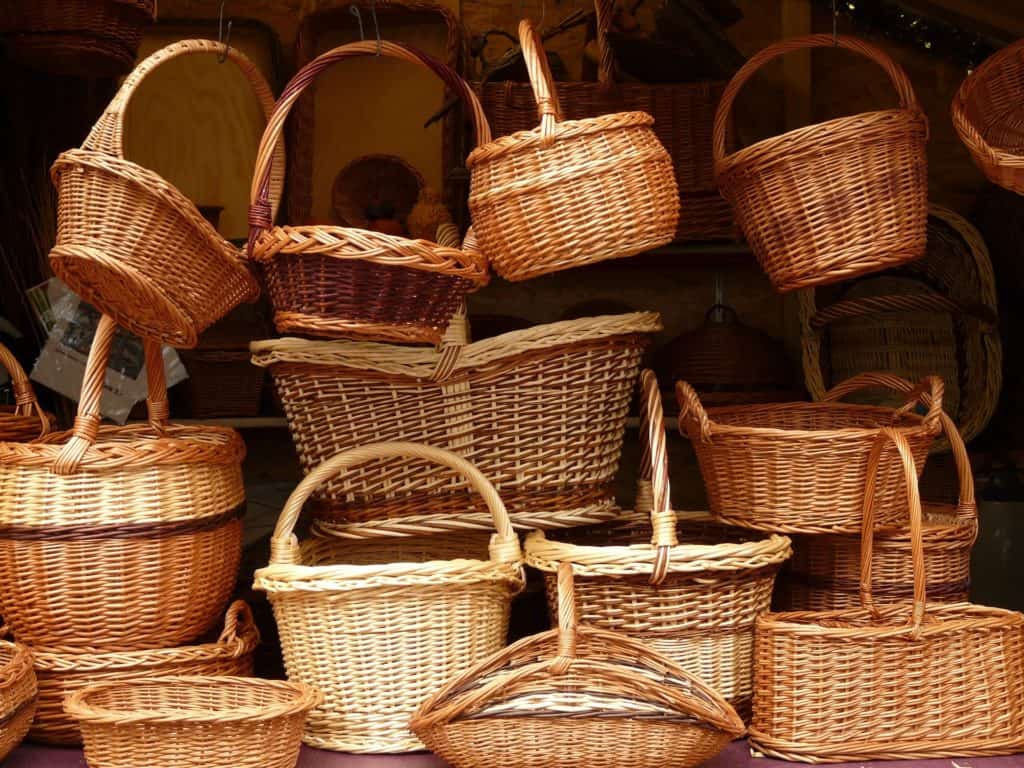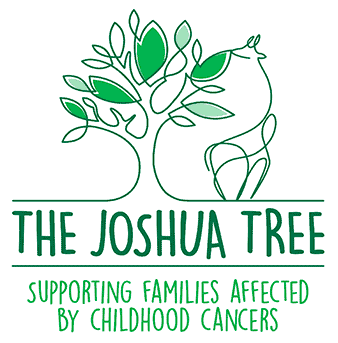
All You Need To Know About Willow Weaving
Willow weaving has been part of British heritage for centuries. This ancient craft still generates a lot of interest among handicraft lovers of all ages. In this article, we explore the history of willow weaving, as well as its common uses and basic preparation techniques.
Brief history of willow weaving
Willow weaving is an ancient craft that has been in use for thousands of years. Within the British Isles, the earliest historical records of willow weaving date from the Mesolithic (approximately 8,000 to 10,000 years ago).
Somerset and East Anglia have traditionally been important willow weaving centres, as their climate and soil are particularly suitable for willow growing. From historical records, we know that the work of British willow weaving artisans was highly valued in Roman times.
As centuries went by, demand for willow products increased, especially so during the 19th century, when production was at its peak. Moving into 20th century, this craft experienced a decline, which was more noticeable after the introduction of plastic consumer goods in the 1950s. It’s estimated that currently there are only 200 professional willow weaving artisans in the UK.
Properties of willow
As a craft material, willow is valued due to its softness and pliability. Flexibility makes willow highly resistant to wind and other forms of adverse weather. Moreover, the stems are so flexible that they can be easily bent at hard angles, which is why willow is a great craft material.
Willow shoots have a low density. For this reason, they’re commonly used in basketry, where it’s important that goods are lightweight and easily handled in everyday tasks.
Willow bark also has medicinal properties, as will be explained in detail in the following section.
Common uses of willow
Weaving is the most common use of willow. Willow baskets are a popular woven product, and can be used to store or transport items at home and in the garden, reducing the need for plastic containers.
This versatile material has other uses, including:
– As a medicinal plant: Willow sap has a high salicylic acid content, which gives it anti-inflammatory properties and makes it a natural aspirin. The willow plant is also used in herbal medicine to treat fever, to promote restful sleep, and to soothe an upset stomach.
– Willow mass is suitable for ethanol production and can play an important role in the plant-based renewable fuel industry.
– Arts and decoration: Woven willow products are not just functional; they’re used for artistic and decorative purposes too. An example are living willow sculptures, which are used in landscaping, architecture, and interior design. Decorative willow weaving is taught at our Cheshire craft workshop.
– Willow is also used to build living fences, garden trellises, hedges, and tool handles.
Material preparation & weaving
Green or freshly harvested willow must be stored upright and allowed to dry for approximately 6 weeks before it can be used for weaving.
If you only have access to old dry willow, you’ll need to soak the material before working with it. Place willow bundles in a container large enough to be fully covered with warm water. Then, place some weights on top, so that the rods don’t float to the surface.
Soaking is complete when you can bend the rods at a 90-degree angle without them breaking.
The next step in material preparation is mellowing. This involves rinsing the rods and wrapping them in a breathable material (ideally fabric). The wrapped rods are then placed upright for at least one day. After this, they’re ready to use in most weaving projects.
You can learn more details about preparation techniques in willow weaving workshops and specialized craft courses.
Famous willow sculptures
– Sandworm, a 164-metre long structure located in a Belgian beach.
– The Huntress, a life-size sculpture located in the forests of North Yorkshire.
– Willow Man, a 40-feet tall willow sculpture that oversees the Somerset countryside along the M5 road.





